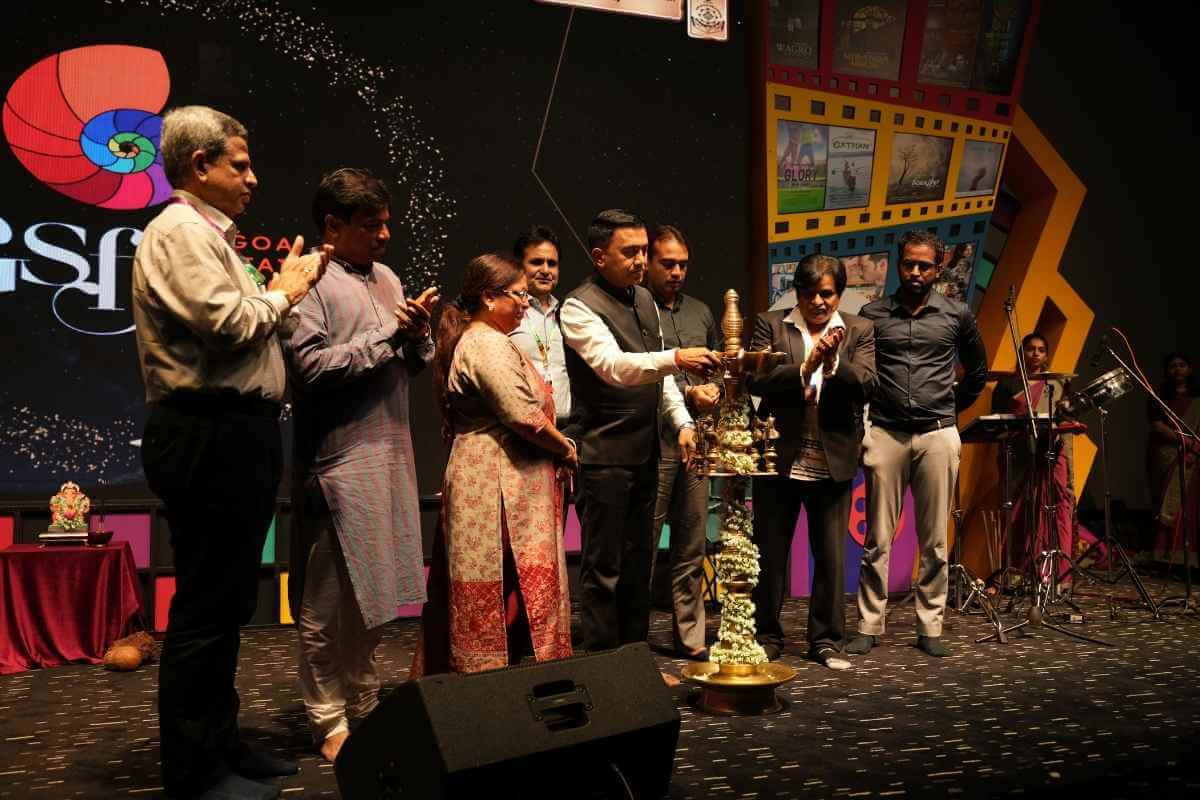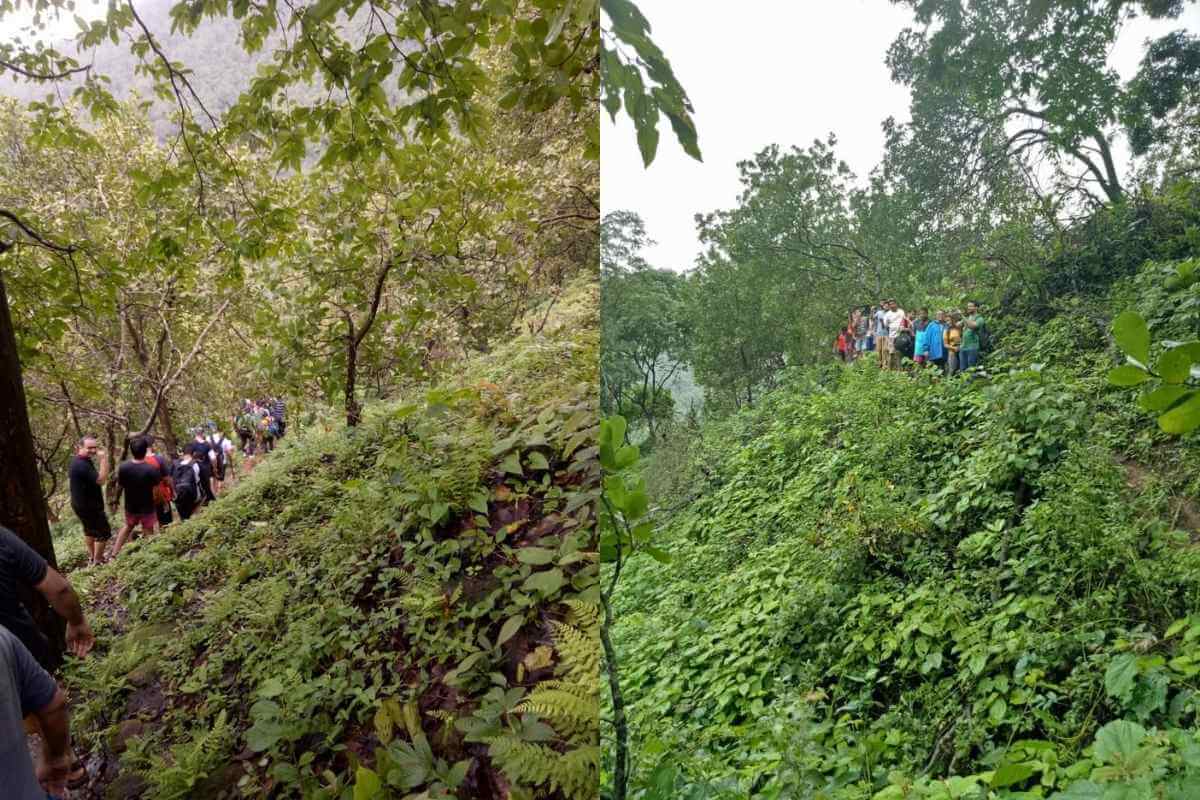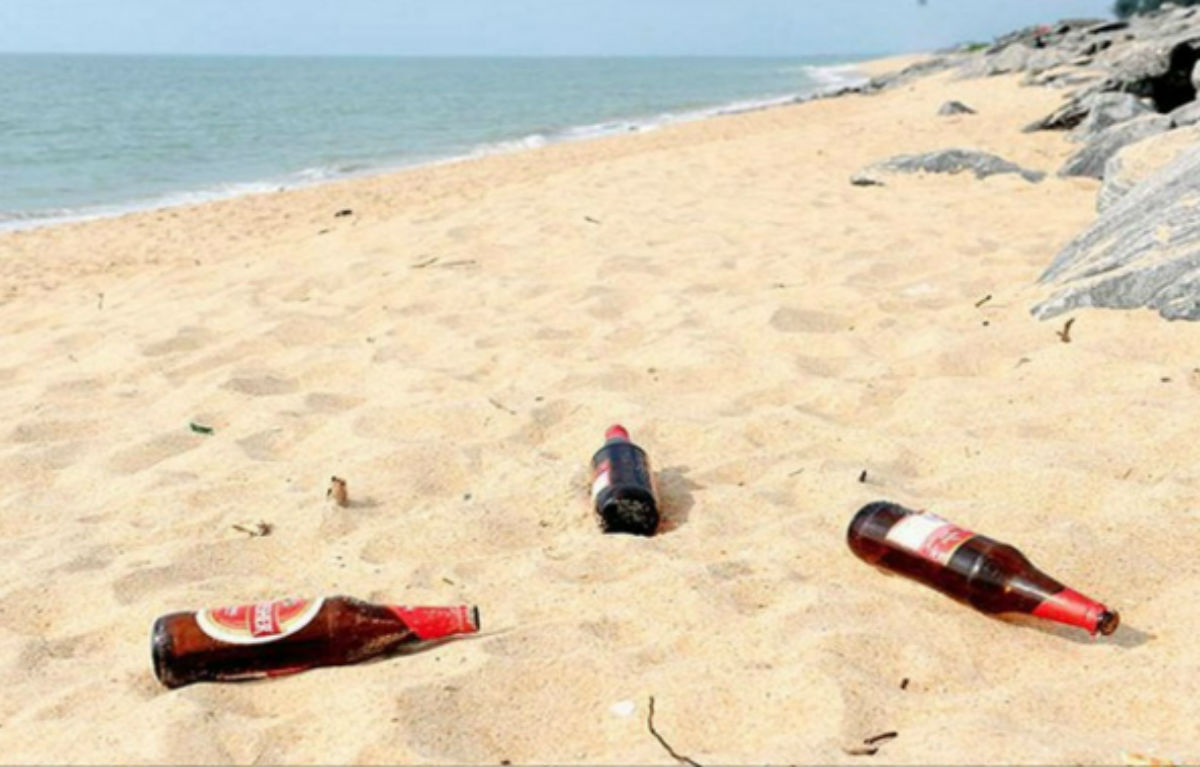The history of Goa’s lighthouses can be traced back to the colonial era when the Portuguese ruled over the region. During this time, Goa was a bustling centre of trade and commerce, and the waters of the Arabian Sea were filled with ships carrying goods from all over the world. However, navigating these waters was no easy task, and the treacherous coastline of Goa was notorious for shipwrecks.
To combat this problem, the Portuguese built several lighthouses along the coast of Goa to guide ships safely through the waters. These lighthouses were not only functional structures but also served as symbols of Portuguese power and influence in the region.
Today, these lighthouses stand tall as a reminder of Goa’s rich maritime heritage and attract tourists from all over the world. The Aguada Lighthouse, the Cabo de Rama Lighthouse, the Reis Magos Lighthouse, and the Betul Lighthouse are some of the most famous lighthouses in Goa that continue to guide ships and provide stunning views of the coastline.
In this article, we will explore the history and functionality of Goa’s lighthouses in detail. We will delve into the stories behind their construction, the challenges faced by their builders, and the impact they had on the trade and commerce of the region. We will also examine the technology and mechanisms used in these lighthouses and their importance in the modern-day navigation of the Arabian Sea.
Join us on a journey through the rich history of Goa’s lighthouses and experience the beauty and majesty of these iconic structures that have stood the test of time.
Aguada Lighthouse
The Aguada Lighthouse is a historic lighthouse located at the mouth of the Mandovi River in North Goa, India. It is one of the oldest lighthouses in Asia, having been built in 1864 during the Portuguese era. The lighthouse is named after the nearby Fort Aguada, which was built by the Portuguese in the early 17th century to defend against Dutch and Maratha invaders.
The Aguada Lighthouse stands at a height of 42 meters and has a range of 17 nautical miles. It was built to guide ships safely through the treacherous waters of the Mandovi River, which was known for its sandbars and strong currents. The lighthouse’s construction was a challenging feat, considering the difficult terrain and the lack of modern construction equipment.
The lighthouse’s mechanism originally used a kerosene lamp, which was later replaced by an electric bulb. The lighthouse keeper was responsible for lighting and maintaining the lamp, ensuring that it provided a continuous beam of light to guide ships at night. The lighthouse’s lens, made of glass prisms, was designed to refract and reflect the light, creating a powerful beam that could be seen from a distance.
Over the years, the Aguada Lighthouse has played a crucial role in the trade and commerce of Goa. It was an essential navigational aid for ships transporting goods to and from the ports of Goa, and its light helped prevent numerous shipwrecks. Today, the Aguada Lighthouse is a popular tourist attraction in Goa, offering breathtaking views of the surrounding area and serving as a reminder of the region’s rich maritime history.
Cabo de Rama Lighthouse
The Cabo de Rama Lighthouse is one of the prominent lighthouses in Goa, located at the southernmost tip of the state. It was constructed in the year 1890 during Portuguese rule and stands at a height of 25 meters above sea level. The lighthouse is situated at the top of Cabo de Rama Hill, which is also home to the Cabo de Rama Fort, built by the Portuguese in the 16th century.
The lighthouse was built to guide ships safely through the waters of the Arabian Sea and prevent them from running aground on the rocky coastline. It has a range of 22 nautical miles, which means that its light can be seen from a distance of 22 nautical miles by ships navigating through the sea.
The Cabo de Rama Lighthouse is a cylindrical tower made of red and white masonry. It has a lantern room at the top, which houses the light source that guides the ships. The light source used in this lighthouse was initially a kerosene lamp, but it was later replaced by an electric lamp in the 1970s.
The lighthouse is open to visitors and is a popular tourist attraction in Goa. Visitors can climb to the top of the tower to enjoy panoramic views of the surrounding area, including the Arabian Sea, the Cabo de Rama fort, and the lush greenery of the Western Ghats. The Cabo de Rama Lighthouse is a historic and functional structure that has played a crucial role in guiding ships safely through the waters of the Arabian Sea. It is an iconic symbol of Goa’s rich maritime heritage and attracts tourists from all over the world. Visitors can experience the beauty and majesty of this lighthouse and witness the stunning views it offers from its top.
Reis Magos Lighthouse
The Reis Magos Lighthouse is a historic lighthouse located in the village of Reis Magos in North Goa, India. Built-in 1838 during the Portuguese era, it is one of the oldest lighthouses in Goa and stands at a height of 13 meters above the ground.
The lighthouse was constructed to guide ships through the waters of the Mandovi River and prevent them from running aground on the sandbanks that were common in the area. The river was a major trade route during the colonial era, and the lighthouse played a crucial role in ensuring the safe navigation of ships through the waters.
The Reis Magos Lighthouse is situated on a hill and offers panoramic views of the surrounding area. It is a popular tourist attraction in Goa and attracts visitors from all over the world who come to admire its beauty and learn about its history.
The lighthouse is operated by the Directorate General of Lighthouses and Lightships, an agency of the Indian government responsible for maintaining lighthouses and navigational aids along the Indian coastline. The Reis Magos Lighthouse has a range of 14 nautical miles and is equipped with a flashing light that helps ships identify their position and avoid obstacles in the water. The Reis Magos Lighthouse is a significant part of Goa’s maritime heritage and a reminder of the region’s colonial past. Its role in guiding ships through the waters of the Mandovi River and preventing shipwrecks cannot be overstated, and its beauty and charm continue to captivate visitors to this day.
Betul Lighthouse
The Betul Lighthouse is one of the most prominent lighthouses located in the southern part of Goa, India. It is situated at the mouth of the Sal River, near the village of Betul, and is known for its striking height of 46 meters. This lighthouse was constructed in the year 1954, and since then, it has been guiding ships through the waters of the Arabian Sea.
The Betul Lighthouse serves as an important navigational aid for ships passing through the sea and helps them avoid the sandbars and other obstacles present in the region. It has a range of 22 nautical miles, which makes it one of the most powerful lighthouses on the Konkan coast. The lighthouse is equipped with advanced technology, including an optical system and a radio beacon, which helps it function efficiently even during adverse weather conditions.
Apart from its navigational purpose, the Betul Lighthouse is also a popular tourist attraction in Goa. Visitors can climb up to the top of the lighthouse to enjoy the panoramic views of the surrounding region, including the Arabian Sea, the Sal River, and the lush greenery of the Western Ghats. The lighthouse complex also includes a small museum that showcases the history and working of lighthouses.
The Betul Lighthouse is surrounded by the picturesque village of Betul, which is known for its idyllic setting and traditional fishing practices. Visitors can experience the local culture and cuisine by interacting with the friendly fishermen and trying out fresh seafood delicacies. Betul Lighthouse is an important landmark on the Konkan coast of India that serves as a crucial navigational aid for ships passing through the Arabian Sea. It also offers visitors a unique opportunity to witness the stunning beauty of the region and experience the local culture and traditions. A visit to this iconic lighthouse is a must-do for anyone visiting Goa.
St. George Lighthouse
St. George Lighthouse is a historic lighthouse located on St. George Island, a barrier island off the coast of the Florida Panhandle, in the United States. The lighthouse was originally built in 1852 to guide ships safely through the treacherous waters of the Gulf of Mexico and to prevent shipwrecks along the coast.
The original lighthouse was a brick structure that stood at a height of 65 feet and had a fixed white light that could be seen from a distance of 12 nautical miles. It was powered by kerosene lamps and featured a large Fresnel lens that magnified the light, making it visible from a great distance.
Over the years, the St. George Lighthouse underwent several renovations and upgrades to keep up with the changing technology of navigation. In 1918, the kerosene lamps were replaced with incandescent oil vapor lamps, which provided a brighter and more efficient light.
However, the St. George Lighthouse was severely damaged by hurricanes and storms over the years, and in 1992, it was completely destroyed by Hurricane Andrew. The lighthouse was rebuilt in 2008 with the help of private donations and government funds, using the original plans and specifications.
Today, the St. George Lighthouse stands at a height of 75 feet and features a rotating beacon that emits a white light every 20 seconds. The lighthouse is open to visitors and offers stunning views of the Gulf of Mexico and the surrounding area. It also serves as a museum, showcasing the history of the lighthouse and its role in the navigation of the Gulf of Mexico. The St. George Lighthouse is a historic landmark that has played a significant role in the navigation of the Gulf of Mexico for over a century. It stands as a symbol of resilience and determination, having survived several hurricanes and natural disasters. It is a testament to the human spirit and the desire to overcome challenges and protect lives at sea.
In conclusion, Goa’s lighthouses are a testament to the rich maritime history of the region and the crucial role they played in guiding ships safely through the waters of the Arabian Sea. From the colonial era to the modern day, these iconic structures have stood the test of time and continue to serve as beacons of hope for sailors and tourists alike.
The Aguada Lighthouse, the Cabo de Rama Lighthouse, the Reis Magos Lighthouse, and the Betul Lighthouse are just a few of the many lighthouses that adorn the coastline of Goa, each with their unique story and charm. These lighthouses not only guide ships but also offer stunning views of the surrounding area and serve as museums, showcasing the history of the region and the important role played by these structures.
The lighthouses of Goa have undergone several changes and renovations over the years, but their importance in the navigation of the Arabian Sea remains unchanged. They stand as a reminder of the human spirit and the resilience and determination to overcome challenges and protect lives at sea.






























